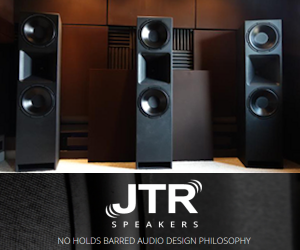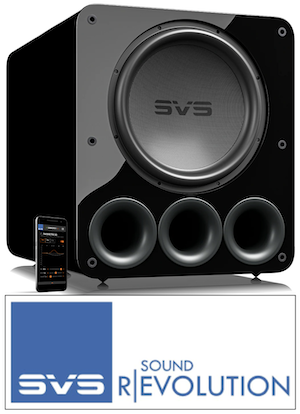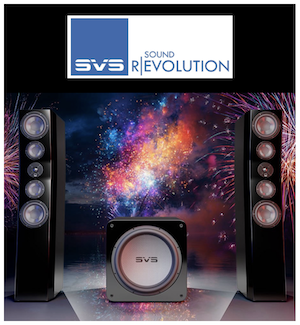Any dipole speaker suffers from (or is influenced by) the back wave. Moving it further from the wall behind drops the frequency at which fundamental interactions occur.
A dipole's distinctive sound is "influenced by", yes. I regard this as a feature and not necessarily a hindrance. For example, my Magnepan MC1's, are mounted perpendicular to and on my rear wall; there is no wall behind their back waves. What this achieves are sound waves traveling, in both directions, horizontally across my rear wall. This presents my listening area with non-directional, but still left/right differentiated, surround sound; the holographic effect is amazing.
ESLs, particularly hybrid ESLs like most Martin Logans, roll off the panel at higher frequency than many Magnepans (e.g. some Maggies play deeper) so from that standpoint may be less sensitive.
All current floor standing Martin Logan ESLs, with the exception of their $30,000/pair CLX Art model, are hybrids. Even their flagship $100,000/pair Neolith crosses over the stat panels to the cone bass drivers at a jumper-clip adjustable 250-400 hz. The Martin Logan entry level has a 500 hz crossover between the stat panel and the woofer. No Magnepan is a hybrid. The Magnepan entry level LRS is spec'd to reproduce sound down to 50 hz. The CLX Art, referenced above, is spec'd down to 56 hz. All floor standing Maggies, even the LRS's, "play deeper".
I have never cared for the comb filtering effect that messes up the image so have always damped the wall behind; that allows placement closer to the wall and a more stable stereo image over frequency. You does lose some of the "spaciousness" in the sound; now it must come the recording and not your room.
A comb filtering effect has not been a concern in my listening environment. Perhaps it's because I place large artificial plants directly behind my front dipoles? I first did this for aesthetics; my 'Interior Designer' insisted that if speakers were going to be setting that far out into the room something HAD to be placed in the space behind them. Perhaps a side-benefit is the sound diffusion the plants provide?
Many Magnepan models dip below 3 ohms due to the ribbon tweeter but the impedance remains primarily resistive and so is a fairly easy, if low, load. Some ESLs (Martin Logan among them) dip below 1 ohm at very high frequencies; they get away with it because the energy (and thus power required) and such high frequencies is low so most amplifiers tolerate the load.
Personal anecdote: Last year I was in the market for a new amp. I had narrowed down my choices and decided to call the manufacturers with some technical questions. One manufacturer, in my mind a reputable one, when I told the rep. I would be driving Martin Logans responded that he would not recommend any of his amps, as ML's impedance was too low and would likely trigger their amp's protection circuitry. This put me off, so I said goodbye and called Martin Logan. The ML rep. said he knew of many ML owners using that manufacturer's amps and had never heard of such an issue. Still, I decided to buy another manufacturer's amp. Haven't had an issue yet.
Planar speakers generally require a subwoofer to provide sufficient low-frequency response and dynamic range. I am a subwoofer advocate for all the usual reasons so use them with any speaker. Better to offload the deep bass from the main speakers (and their amps) and place the subs where they best flatten the in-room response, which is rarely the same place you want the mains for best imaging and such.
Love me some bass. Just make sure the subs are tight and provide lightening-fast response. Otherwise, when paired with Planars they may sound 'muddy'. Or, just get a pair of Magnepan 30.7's, which are spec'd down to 25 hz.











